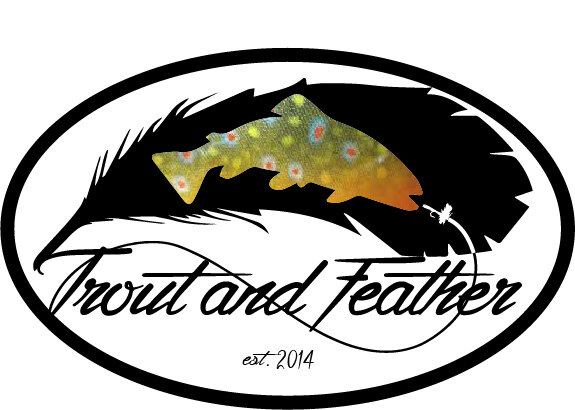Nymphs Gallery B

The Pheasant Tail Nymph
Frank Sawyer's Pheasant Tail nymph is a fly that has caught fish for years, and will be doing so for many more to come. During this video, I tie the original pattern with an antron wing case and tungsten bead. This is a pattern that does an excellent job at representing many mayfly nymphs in moving water.

Iced Cased Caddis (Grannom)
Aaron Jasper's Iced Cased Caddis is a pattern that represents that caddis case that is typically attached to rocks or branches within a stream. At times, these cases become dislodged, and that's where this pattern comes in. The fly represents the emerging caddis from the case, with the chartreuse thorax being seen starting to appear. This pattern has worked well for me, especially prior to and during the Grannom hatch.

Caddis Larva Bead Head
This Caddis Larva is a fly that gets easily forgotten, though represents a stage of the caddis that trout regularly feed on. I recommend tying this pattern in a variety of colors to closely mimic the natural caddis found in your home waters.

TCs Black Stonefly Jig Nymph
Tying TC's Black Stonefly on a jig hook has helped to ensure that this pattern gets snagged substantially less than with a regular down-eye hook. This stonefly pattern rides hook point up, plus is a faster fly to tie. TC's Black Stonefly is one that I like to fish from winter to early summer, especially as an anchor fly.

Bloody Mary Nymph
This traditional fly is one that requires some intermediate tying skills, but those that can be easily applied to other patterns. The Bloody Mary nymph is one that I fish more as an attractor versus attempting to imitate a specific insect, and tying the pattern on a jig style hook allows it to ride hook point up. I will commonly use this as an anchor fly, especially when European nymphing.

Zebra Midge (Olive)
The Zebra Midge is a favorite pattern of mine for two reasons. First, the fly is easy to tie, and second, it catches a lot of fish. This is a fly that I will use as a dropper, and favorite colors include olive, black, and brown. Fish this pattern with confidence, as it has been a "guide style" fly for years.

Lightning Bug Bead Head Nymph
This Lightning Bug nymph is another fast pattern to tie that I use frequently as an attractor fly. There are many variations for this pattern, and I recommend fishing this as the first fly in a two-fly nymph rig (to possibly get a fish's attention before drifting a more muted pattern as the dropper).

WD-40 Bead Head Midge
This is another "guide style" fly that has proven effective for me over the years. This WD-40 midge is fast to tie, and effective on trout, especially in runs. I prefer to fish this below an anchor fly, and my favorite colors include dark brown, black, and olive.

Bead Head Crystal Soft Hackle
This soft hackle does an excellent job representing various caddisflies and mayflies, depending on the body color you select. I typically will fish this Bead Head Crystal Soft Hackle in the lower third of the water column for fish actively feeding on caddis larvae.
